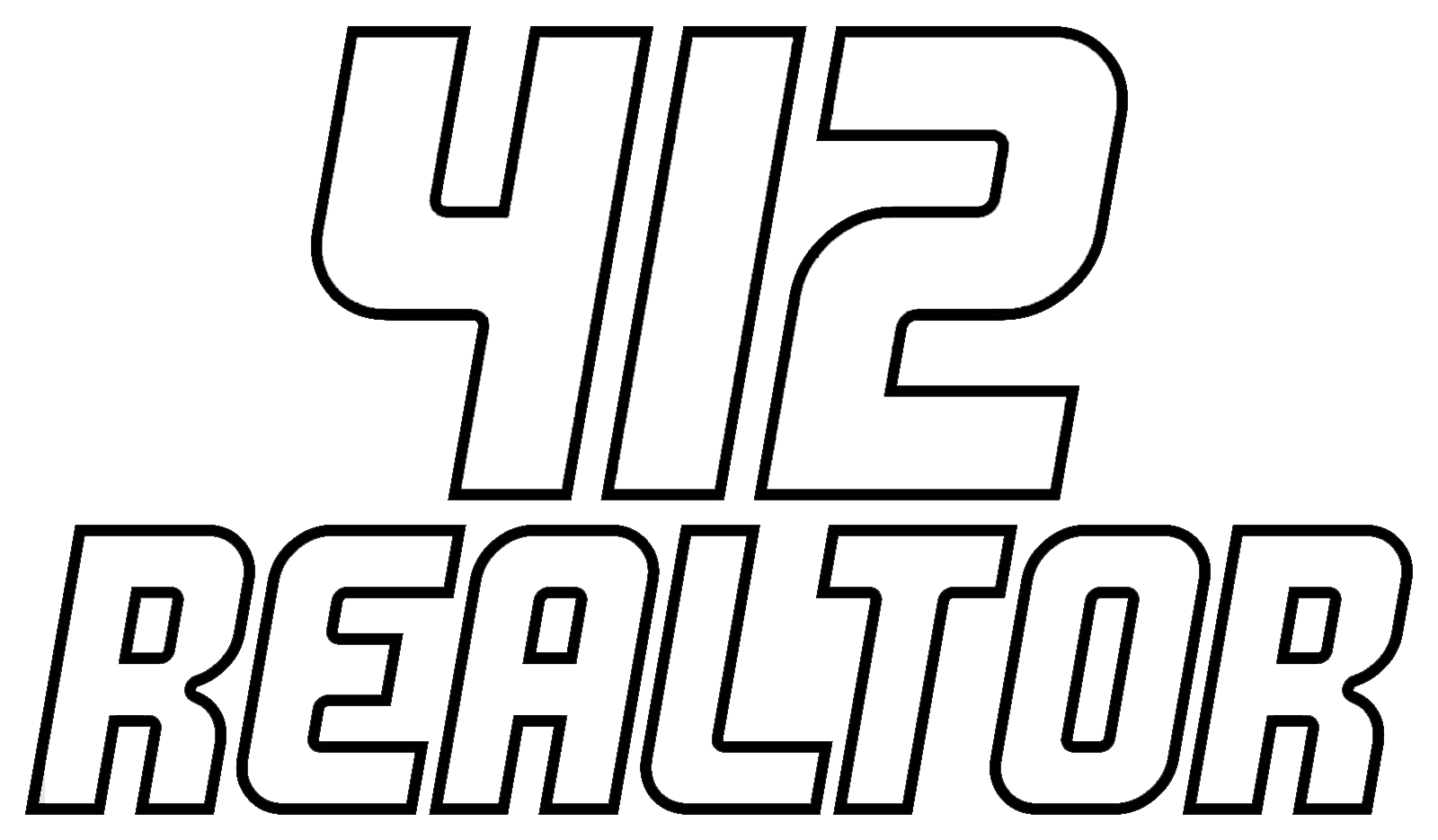Refinancing your mortgage can be one of the most powerful financial moves you make as a homeowner. Done at the right time, it can lower your interest rate, reduce your monthly payments, help you pay off your loan faster, or even unlock the equity in your home. But how do you know when it’s the right time to refinance?
In this post, we’ll break down the key indicators that refinancing may be worth considering—and the important questions you should ask before making the leap.
1. Interest Rates Are Lower Than When You Bought
This is the most straightforward reason to refinance: to secure a lower interest rate. Even a modest drop in your rate—say from 6.5% to 5.5%—can make a noticeable difference in your monthly payments and the total amount of interest you’ll pay over the life of the loan.
Example: On a $300,000 mortgage, reducing your rate by 1% could save you over $150 a month and more than $50,000 in interest over 30 years.
But keep in mind: refinancing comes with costs (typically 2%–6% of the loan amount), so make sure the savings outweigh the fees. This is where your break-even point comes into play—the time it takes for your monthly savings to recoup the refinancing costs.
2. Your Credit Score Has Improved
Your credit score plays a major role in the rate you’re offered. If your score has significantly improved since you first got your mortgage—perhaps due to paying down debt, making on-time payments, or removing negative marks—you could qualify for a much better rate now.
Tip: A score of 740 or higher generally qualifies you for the best rates, but even moving from “fair” to “good” credit can make a difference.
3. You Want to Change Your Loan Term
Many homeowners refinance to either extend or shorten their loan term. Here’s how each move works:
Shortening the term (e.g., 30 years to 15 years): This will raise your monthly payment, but you’ll pay off your home faster and save a significant amount in interest.
Extending the term (e.g., 15 years to 30 years): This lowers your monthly payment, which can be helpful in times of financial stress, but you’ll pay more in interest over time.
Make sure your decision matches your long-term goals—whether that’s paying off your house before retirement or creating more breathing room in your budget today.
4. You Want to Switch from an ARM to a Fixed Rate (or Vice Versa)
Adjustable-rate mortgages (ARMs) often start with lower rates, but they can rise significantly after the initial fixed period. If you’re nearing that adjustment phase and expect rates to rise, refinancing into a fixed-rate mortgage can provide stability.
On the other hand, if you’re in a fixed-rate loan but only plan to stay in your home for a few more years, switching to an ARM with a lower introductory rate might help you save money in the short term.
5. You Want to Tap Into Your Home Equity
If you’ve built up equity in your home, a cash-out refinance allows you to borrow more than you owe and take the difference in cash. This can be useful for:
- Renovations or home improvements
- Paying off high-interest credit card debt
- Funding college tuition or other major expenses
However, this also increases your loan balance—and your monthly payment. It should only be done if the use of funds is worthwhile and won’t jeopardize your long-term financial security.
6. You’re Paying Private Mortgage Insurance (PMI)
If you purchased your home with a down payment of less than 20%, you’re probably paying PMI. If your home’s value has risen—or you’ve paid down your loan enough to reach at least 20% equity—you may be able to refinance and eliminate PMI, saving $100 or more each month.
7. You Plan to Stay in the Home Long Enough
Refinancing isn’t free—closing costs and fees can add up. If you’re planning to move in a year or two, it might not be worth it. But if you’re staying for at least 3–5 years, the long-term savings from refinancing can really pay off.
Break-even example: If your refinance saves you $200/month but costs $6,000, you’ll break even in 30 months. If you plan to stay longer than that, it’s likely a smart move.
Final Thoughts:
Is It the Right Time for You?
There’s no one-size-fits-all answer when it comes to refinancing. The right time depends on your personal financial goals, the current interest rate environment, and how long you plan to stay in your home.
Before making a decision:
Run the numbers using a refinance calculator
Compare loan offers from multiple lenders
Consider your break-even point
Talk to a mortgage advisor
With the right strategy, refinancing can unlock big savings and help you get more out of your home investment.
Thinking about refinancing? Let’s talk about your goals and see if now’s the time to make your mortgage work harder for you.




